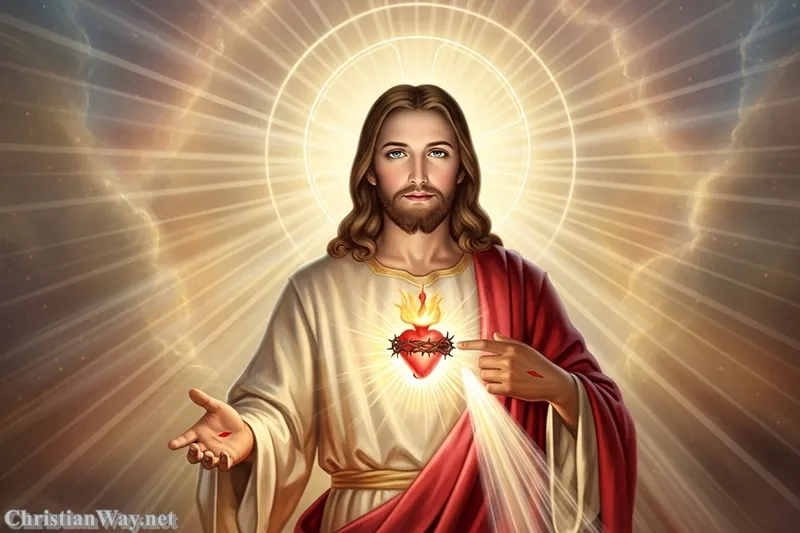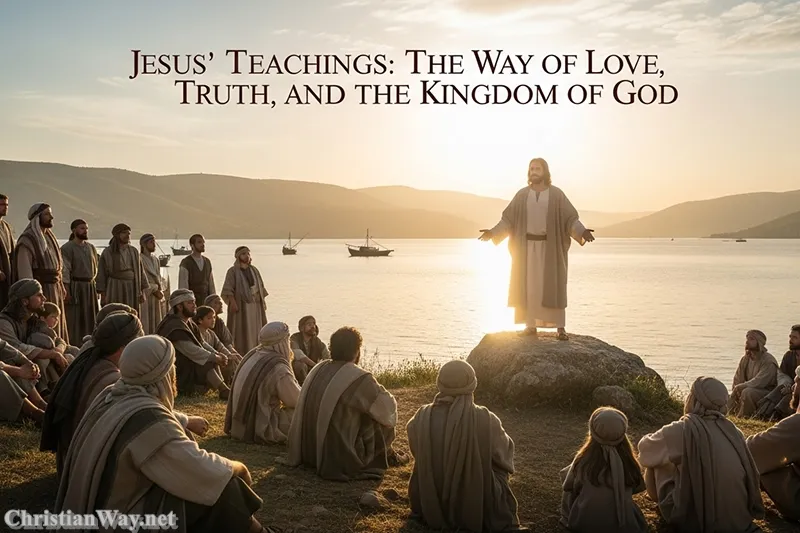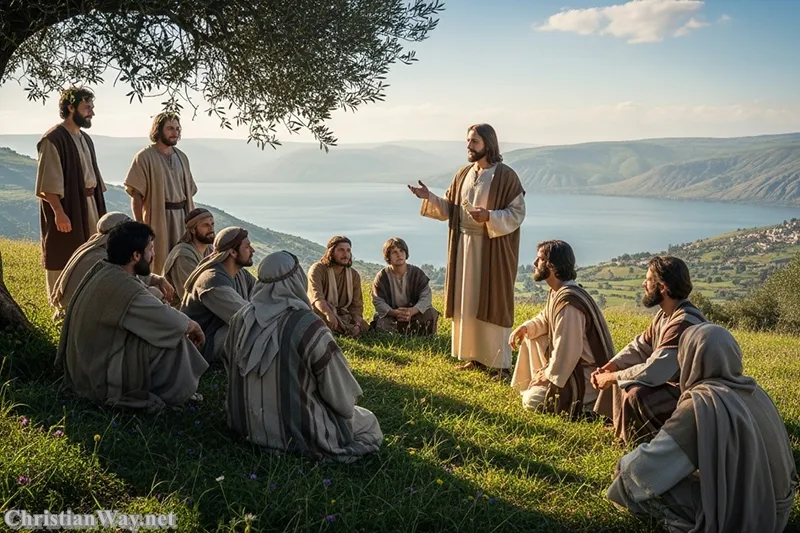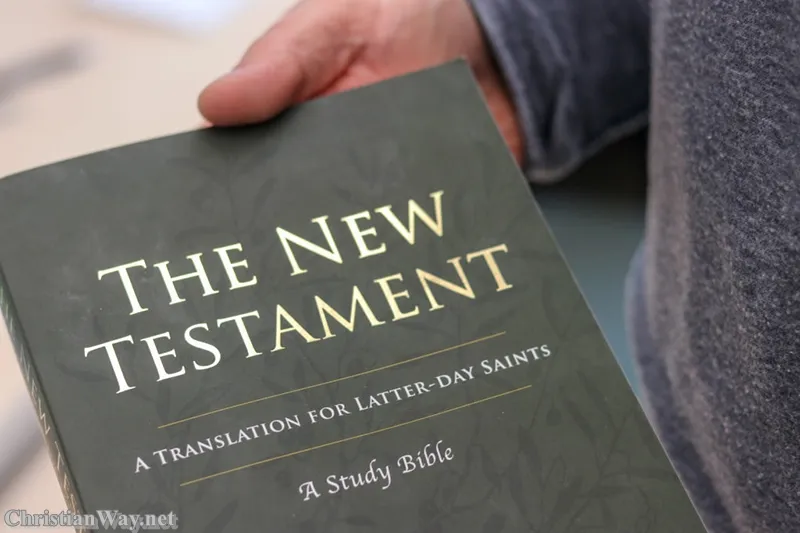Dear friends in Christ,
Every generation of believers looks back with awe at the Twelve Apostles — those ordinary men who left their nets, their homes, and their plans to follow Jesus. Among them, Saint James the Greater, the son of Zebedee and brother of Saint John, stands as a figure of fiery faith and deep devotion. He was among the first called, the first to follow, and the first of the Twelve to give his life in witness to Christ.
The story of St. James the Greater is one of courage, transformation, and love. From the shores of Galilee to the heights of martyrdom, his journey traces the movement of a soul set aflame by the Lord. His life reminds us that following Jesus means not only walking with Him in glory but also sharing in His cross.

As we meditate on the life of James, son of Zebedee, we discover a profound lesson about discipleship — that zeal for Christ, when purified by grace, becomes a light for the world. Let us enter this reflection with open hearts, seeking to see what God can do through one soul fully surrendered to His will.
The Call of Saint James the Greater
When Jesus walked along the Sea of Galilee, He called out to two brothers casting their nets — James and John, the sons of Zebedee. Without hesitation, they left their father and their boat to follow Him (Matthew 4:21–22). This moment reveals the heart of Apostle James: a man ready to leave everything for the sake of the Kingdom.
In Scripture, James is often listed among the first of the Twelve. He is called “the Greater” not because he was holier than the other James, but to distinguish him by age or stature from James the Less. Yet in his heart, there was a greatness of spirit — an intensity that Christ would both cherish and purify.
James, with his brother John, was part of Jesus’ inner circle along with Peter. These three witnessed some of the most sacred moments of the Lord’s life: the raising of Jairus’s daughter (Mark 5:37), the glory of the Transfiguration (Matthew 17:1–8), and the agony in the Garden of Gethsemane (Matthew 26:37). James saw both the radiant light of divine glory and the darkness of human sorrow. In each, he learned what it meant to follow the Master.
A Fiery Zeal for the Kingdom
Jesus called James and John the “sons of thunder” (Boanerges) — a name that reflected their passionate and sometimes impulsive spirit (Mark 3:17). Their zeal was evident when they asked if they should call down fire on a Samaritan village that refused to receive Jesus (Luke 9:54). But Christ gently rebuked them, teaching that the Kingdom of God is built not by wrath but by mercy.
This same zeal later drove St. James the Greater to preach boldly and to serve fearlessly. What once was untamed passion became, by grace, holy courage. Christ does not extinguish our fire; He sanctifies it. In James, the Lord transformed human fervor into apostolic love — a reminder that God takes our natural strength and turns it toward His divine purposes.
Witness to the Transfiguration
Among all the Apostles, only Peter, James, and John were invited to ascend the Mount of Transfiguration. There, they saw Jesus’ face shine like the sun, and His clothes become dazzling white (Matthew 17:2). Moses and Elijah appeared beside Him, speaking of His coming passion in Jerusalem.
For James the Apostle, this vision was not just a glimpse of glory; it was a revelation of the Cross. The same Christ who shone in divine majesty would soon hang in human weakness. To stand in both light and shadow is the call of every disciple.
That moment prepared James for his own witness — to see beyond earthly suffering into the eternal promise of Christ’s Resurrection. The Transfiguration taught him that no cross, however heavy, is the final word; the glory of God always awaits those who persevere in love.
The Garden of Gethsemane — The Testing of Faith
On the night before His Passion, Jesus invited Peter, James, and John to watch and pray with Him in Gethsemane (Matthew 26:37–38). Here, the boldness of Apostle James was tested. The one who had once desired to share in Christ’s glory now faced the call to share in His suffering. Yet like the others, James fell asleep in sorrow and weakness.
This moment reveals the humanity of the Apostles. They were not perfect saints from the beginning but men who grew through failure. Christ did not abandon them; He continued to form them in love. After the Resurrection and Pentecost, James would find the strength he once lacked. Filled with the Holy Spirit, he would stand fearless before kings.
The Request of a Mother — Ambition Redeemed by Grace
The Gospels tell of the time when the mother of James and John came to Jesus, asking that her sons sit at His right and left in His kingdom (Matthew 20:20–23). Jesus responded, “You do not know what you are asking. Are you able to drink the cup that I am to drink?”
And they answered, “We are able.”
Though their request was born of human ambition, their willingness foreshadowed their future martyrdom. St. James the Greater would indeed drink the cup of suffering for Christ’s sake. The Lord did not condemn their zeal; He redirected it toward sacrifice.
This scene speaks to every disciple who begins with mixed motives. The path of faith is not perfect purity of intent, but a journey of transformation. Christ takes our self-centered desires and reshapes them into self-giving love.
The Apostolic Mission of Saint James the Greater
After the Ascension of Christ, James son of Zebedee became one of the leading figures in the early Church. Tradition holds that he preached the Gospel in the lands to the west — possibly reaching as far as Spain. Though Scripture does not record this journey, ancient Christian memory preserved it as part of his legacy, particularly in the devotion surrounding Santiago de Compostela.
What matters most is not the geographical reach of James’s mission, but the depth of his faith. Whether in Jerusalem or across the seas, he proclaimed one message: that Jesus Christ is Lord, crucified and risen, the Savior of all mankind.
His preaching was not mere words; it was a life poured out in witness. He taught by example that to follow Christ means to love without measure and to serve without fear.
The Martyrdom of Saint James the Greater
The Acts of the Apostles records the martyrdom of St. James the Greater with solemn simplicity: “Herod the king laid violent hands upon some who belonged to the Church. He killed James the brother of John with the sword” (Acts 12:1–2).
James thus became the first of the Twelve Apostles to die for the faith. His martyrdom fulfilled the prophecy of the cup — the same cup of which Christ had spoken. His blood became the seed of faith for others, a testimony that the Gospel is worth every sacrifice.
The Meaning of Martyrdom
In giving his life, James bore witness not only to Christ’s truth but also to His love. Martyrdom is not an act of defeat; it is the final confession that love is stronger than death.
The early Church revered James as a model of fidelity. His courage encouraged others to stand firm under persecution. In every age, his example calls believers to choose faith over fear, truth over compromise, and heaven over comfort.
The Legacy of Saint James the Greater in Christian Tradition
Throughout Christian history, Saint James the Greater has been venerated as the patron of pilgrims. The great shrine at Santiago de Compostela in Spain became one of the most important pilgrimage destinations of medieval Europe, second only to Jerusalem and Rome.
Pilgrims who journeyed there — the Camino de Santiago — saw their travel not merely as physical but spiritual: a path of repentance, renewal, and encounter with God. In this, the life of James continues to inspire the faithful to walk the long road of discipleship.
The Pilgrim’s Path — A Symbol of Christian Life
The pilgrimage to Compostela mirrors the journey of every Christian soul. Like the pilgrims, we walk through valleys and over mountains, through fatigue and joy, always seeking the face of Christ. St. James the Apostle walks beside us, reminding us that the path of faith leads not to comfort but to communion with God.
His symbol, the scallop shell, marks the pilgrim’s way — a reminder that all rivers flow toward the sea of eternity, and that all our earthly roads, when guided by love, lead to Christ.
The Transformation of Zeal
The life of St. James the Greater is a study in transformation. He began as a man of fiery temper and restless ambition but became a vessel of grace and courage.
His story teaches that God can take our strongest passions — even those that seem unruly — and purify them for His service. James’s thunder became the voice of the Gospel; his boldness became holy courage; his desire for greatness became a willingness to suffer.
The Lesson for Us Today
In a world that prizes success and comfort, James calls us back to the radical simplicity of discipleship. He reminds us that following Christ is not about prestige but participation in His mission. We too are called to leave our “nets” — whatever binds us — and follow.
We may not be called to die by the sword, but we are all called to die to ourselves: to pride, fear, and sin. Every act of faithfulness, every moment of forgiveness, every silent endurance of suffering is a sharing in the martyrdom of love.
Faith and Courage in Modern Times
To live as Saint James the Greater did requires courage — not the courage of the battlefield, but the courage of the heart. It is the bravery to stand for truth in a world of compromise, to love when hatred is easier, to trust when faith seems foolish.
The witness of James the Apostle invites us to examine our own lives:
- Do we follow Christ only when it is easy, or do we remain with Him in the garden of sorrow?
- Do we seek places of honor, or do we drink the cup of service and sacrifice?
- Do we burn with zeal for His name, purified by love and mercy?
If we can say “yes” — even in weakness — then we walk the same road that James walked.
Saint James the Greater in the Communion of Saints
The Church venerates Saint James the Greater as one who now reigns with Christ in glory, interceding for us. His feast, celebrated on July 25, is a day of joy for the whole Christian world.
In art, he is often depicted with a pilgrim’s staff and shell, symbolizing the spiritual journey toward heaven. His image calls believers to keep moving forward, to keep trusting the Lord even when the way seems long.
Across centuries, countless pilgrims have whispered the prayer, “Santiago, pray for us.” And indeed, he does. For the communion of saints is not a distant ideal but a living reality — we are surrounded by a great cloud of witnesses who cheer us on as we run the race of faith (Hebrews 12:1).
Reflect and Pray
As we close this reflection on Saint James the Greater — Apostle, Martyr, and Son of Zebedee, let us remember the flame of his faith. He reminds us that true discipleship is both a calling and a cost, both joy and sacrifice.
James’s life teaches us that love for Christ demands our all — not out of fear, but out of joy. To give one’s life for the Lord is not to lose it, but to find it in eternity.
May his witness inspire us to follow the Lord with generous hearts, to let our zeal be sanctified by mercy, and to live with courage until we too see the face of the Transfigured Christ.
Let us pray:
Prayer to Saint James the Greater
O glorious Saint James, son of Zebedee and faithful Apostle of Christ,
You left all to follow the call of your Master.
Strengthen us in our weakness,
That we may walk steadfastly on the road of faith.
Obtain for us the grace to bear our crosses with love,
And to drink, if God wills, the cup of suffering for His name.
May your courage inspire our hearts,
And your intercession guide us safely to the heavenly homeland.
Through Christ our Lord. Amen.
May the peace of Christ dwell richly in your heart, and may His love guide every step you take toward Him.
— Fr. John Matthew, for Christian Way





